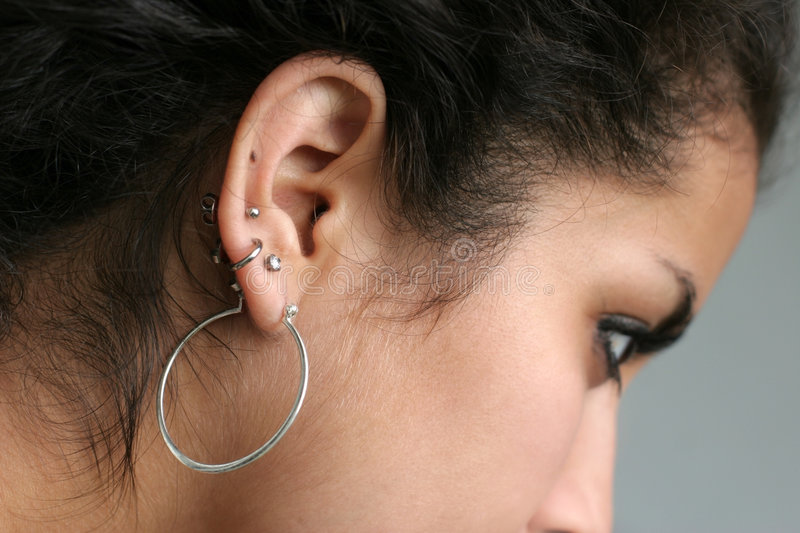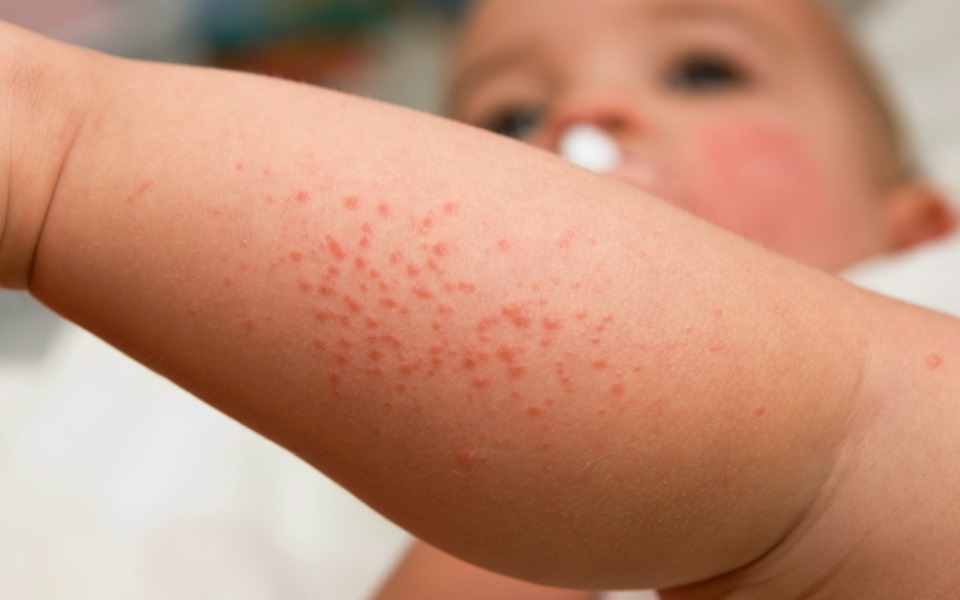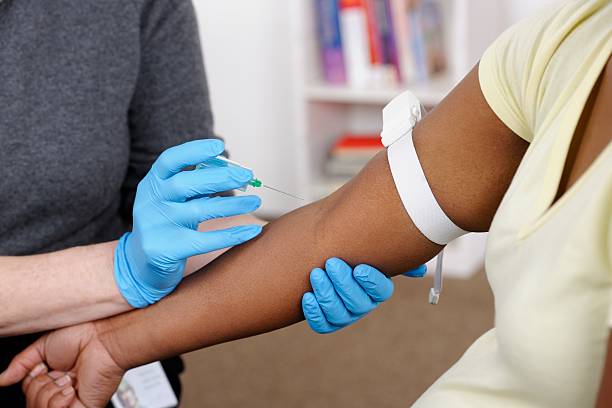Intrusion into the human body without undesirable consequences can only be carried out by an experienced doctor. This also applies to cartilage piercing, although many consider ear piercing to be an ordinary procedure, no more complicated than navel piercing, eyebrow or earlobe piercing. Ear cartilage and nose are not quite natural places to wear earrings, but if you are craving for avant-garde fashion irresistible, you should contact the clinic, and not the nearest salon. Only an experienced specialist will be able to prevent irreversible consequences due to the peculiarities of the patient’s state of health, select specific tools and a course of drugs for the healing period, and provide detailed instructions for caring for the puncture site.
How to pierce the ear cartilage
Ear cartilage piercing is a rather painful procedure. Even if the patient is determined to endure pain, we always use anesthetics. The cartilage is pierced with the help of a special needle with a catheter, an earlobe piercing gun is categorically not suitable, because cartilage tissue can be crushed, which, in addition to prolonged acute pain, is fraught with severe inflammation.
Professional cartilage puncture in the clinic guarantees:
- zero risk of infection with hepatitis, HIV;
- competent selection of temporary jewelry with a margin of length and a thin rod made of titanium or medical steel;
- the hole in the cartilage area will be under the diameter of the earring pin – this is important to reduce the healing time.
The most important thing: Cartilage piercing is preceded by an ear transillumination with a search for the location of biologically active points. The instrument can only be inserted into guaranteed safe places: only in this case, the specialist can take responsibility for the absence of complications and the rapid healing of the injured tissue. Even people whose ears are adorned with a whole constellation of earrings do not always know how to properly care for a fresh piercing. Beginners in this field are often in a hurry to put on a bulky product, they manage with improvised disinfecting media, and not drugs recommended by a specialist.
Popular types of cartilage piercing
The responsible specialist will refuse to pierce the cartilage of a patient who has recently suffered a traumatic brain injury, with a history of poor blood clotting, prone to allergies. Do not pierce the ear in the presence of an infectious disease or ear swelling.
There are formally no other contraindications for cartilage piercing. The procedure may be denied to a minor patient.
There are many types of piercings, but the cartilage piercing is one of the best known. People who want to achieve any kind of physical transformation go for cartilage piercing. This type of piercing is suitable for all faces, allows you to accessorize it, and to sublimate it.
We do all popular types of piercings:
- industrial with two combined holes: the front one is closer to the face and symmetrical on the other side;
- helix – with a horizontal arrangement of the earring along the upper edge of the auricle;
- tragus – on the smallest cartilage;
- antitragus – cartilage puncture over the earlobe;
- conch – under the earring, inserted into the bottom near the auditory canal;
- orbital – two holes are punched under the ring-shaped decoration that unites them;
- hands – a hole for a massive earring in the main cartilage.
From the type of puncture, the decoration is selected: ring, microbanan, hard, circular, labret, barbell. It is more rational to insert the last two into a fresh puncture.
We recommend signing up for a cartilage piercing in spring or autumn, as in winter there is a huge risk of inflammation due to sub-zero temperatures, in addition, the wound can be rubbed with a hat. In summer, when city air is especially dusty, the risk of infection increases.
Read: Hair transplant in Dubai, how to choose the best option?
Ear cartilage piercing pain
While the earlobe is relatively soft and plump, the other parts of the ear are composed mostly of cartilage, located directly under the skin of the ear. Since the ear is mostly made up of cartilage, the majority of places to be pierced are referred to as “cartilage piercing”. You will find many choices of jewelry on obsidian piercing.
All kinds of piercings are associated with the same difficulty. So the pain is there. The pain experienced with the cartilage piercing will depend on the degree of pain that you are individually able to bear. Many people who have had this type of piercing will say that the pain feels like a sharp prick or pinch. But the pain is very bearable.
The pain you feel at each location in your body varies depending on the thickness of the fibers and the density of the nerves present at that location. The choice of the type of jewel and the location of the piercing also influences the pain experienced.
Thus, the conch piercing usually has a very painful character, while the rook piercing only causes mild pain.
But these are not the main factors that come into play. The quality of the needle, the skills of the piercer, the level of stress you feel and even the comfort during the session, are all criteria that play a role in the level of pain felt.
Caring for Cartilage Piercing
After a cartilage piercing, the post-operative treatment is similar to that encountered with other types of piercings. You will likely experience mild to moderate redness, irritation or swelling, which is completely normal. Once healing is complete, these symptoms will quickly disappear.
Care of the puncture site
- Avoid moisture and cosmetics in the first 3-5 days after the procedure;
- do not remove the steel or titanium earring until healing;
- twice a day, treat the puncture with an antiseptic, which the specialist will indicate;
- wipe the wound separately after playing sports with a remedy chosen by a specialist.
On the second day after the piercing, gently move the jewelry from time to time – this is important so that the canal does not become overgrown, and the earring does not grow into the fabric.
Don’t play with your piercing
The reason is simple: you risk slowing down the healing of your piercing . Instead of adding harsh chemicals like alcohol or peroxide to your piercing, use glycerin soap, non-iodized sea salt, and other mild cleaning products.
Be sure to maintain healthy behaviors, such as eating well and drinking water. All of these habits can help make the cartilage piercing heal easier and faster.
Clean the piercing area
This precaution is one of the very first necessities. Wash your ear with soap and water and pat it dry. If you see any scintigraphy, crusting, or oozing, dip the tip of a cotton swab in saline solution and gently clean the ends of the piercings.
However, you must be careful not to clean it too much, otherwise the piercing may irritate you. Clean it about twice a day until it is completely cured. One way to keep your piercings clean is to change the sheets regularly. While sleeping, the body produces particles that irritate the jewelry. So you should keep your pillowcases and bed sheets always clean.
To sleep, avoid lying on the jewelry so that it does not get caught in something or is not pulled during your sleep.
Watch your feelings: If the pain does not go away, but, on the contrary, intensifies, or you find a purulent discharge, you should immediately visit the doctor of your trusted clinic.
Read: Choosing a hair restoration clinic – bigger is not necessarily better



